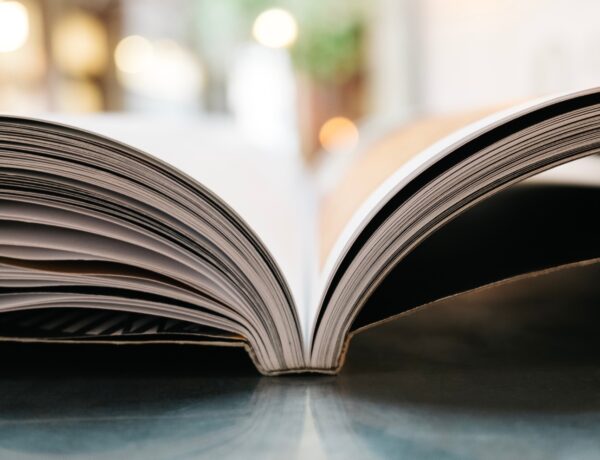In any good story, villains play a crucial role. They’re not just there to stir up trouble or give the hero someone to fight against. The real magic happens when we get a peek into their past. That’s where a well-thought-out backstory comes into play. It’s like finding out why a puzzle piece fits where it does. This backstory doesn’t just fill in the blanks about why villains do what they do; it adds real substance to their character.
Think of a villain as more than just a shadowy figure in the corner of a story. Their backstory is a key that unlocks their motivations, fears, and desires. It’s what turns a flat, ‘bad for the sake of being bad’ character into someone with a history, someone who makes us think and maybe even understand why they turned out the way they did. In doing so, the villain becomes a crucial part of the story’s emotional journey, not just an obstacle to be overcome.
The Essence and Psychology of Villainy
When we think about what makes a villain, certain traits often come to mind: maybe it’s their cunning, their capacity for evil, or their stark contrast to the hero. But what really drives them? Often, it’s a complex mix of personal traits and motivations. Some are driven by revenge, others by ambition, and some might be motivated by a twisted sense of justice. Their actions, though, are just the surface. To really understand a villain, we need to dive into the psychology behind these actions.
Psychological theories offer fascinating insights here. For instance, the theory of nature versus nurture plays a big role in shaping villainous characters. Some villains are born into harsh environments that mold their malicious traits. Others might have inherent tendencies that lead them down a dark path. Consider characters like Shakespeare’s Iago or the power-hungry Lady Macbeth. Their actions are deeply rooted in personal insecurities, ambitions, and the societal pressures they face.
Speaking of society, it’s remarkable how societal and environmental factors intertwine with personal psychology to forge a villain’s path. A character raised in a world filled with injustice and cruelty might view their villainous actions as a necessary evil or even a form of survival. It’s a reminder that villains aren’t created in a vacuum. Their actions and motivations are often a response to the world around them, reflecting societal flaws and personal struggles. This complex web of personal and environmental factors makes villains not just more relatable, but also more intriguing, adding a rich layer to the narrative.
Crafting a Compelling Backstory
Crafting a compelling backstory for a villain is a bit like being a detective. You’re piecing together the puzzle of their life, looking for the experiences that shaped them into the character they are now. A well-crafted backstory does more than just add layers to the villain; it becomes the foundation of their entire character.
So, how do you create a backstory that rings true and adds depth? Start with their childhood. Childhood experiences are powerful; they can set the stage for who we become. Was the villain neglected, pampered, or perhaps misunderstood? Each scenario could lead to very different paths. Then, consider the influential relationships in their life. Relationships with family, mentors, or peers can have a significant impact on a person’s development. A mentor’s betrayal, a family tragedy, or peer rejection can be pivotal in shaping a villain’s worldview.
Pivotal events are also crucial. These are the turning points, the moments that push a character towards the darker shades of their personality. Maybe it’s a personal loss, a failure, or a moment of humiliation. Such events can be the catalyst for their transformation journey, marking the transition from ordinary to villainous.
But here’s the catch for writers: crafting a villain’s backstory is a balancing act. You want to avoid the cliché of making them evil just for the sake of it. At the same time, you can’t make them so empathetic that they lose their edge as a villain. It’s about finding that sweet spot where the villain’s actions are understandable, yet not justified. This delicate balance is what makes a villain’s backstory not just a narrative tool, but a bridge that connects the reader to the complexities of the human condition.
Final Thoughts
Wrapping things up, it’s clear that the backstory of a villain is more than just an optional extra in a story. It’s a key element that brings depth and reality to the narrative. A villain with a well-thought-out backstory becomes someone readers can understand and maybe even relate to, even when they don’t agree with their actions. This level of complexity makes stories richer and more engaging.
For writers, the challenge is to dive deep into their antagonists’ psychology. It’s about asking ‘why’ as much as ‘what’. Why does the villain act this way? What’s driving them? By answering these questions, writers not only craft more intriguing villains but also open up their stories to a wider range of emotions and motivations.
In the end, creating a detailed backstory for a villain isn’t just about adding layers to a character; it’s about bringing a sense of realism and relatability to the story. These are the characters that stick with us, the ones we think about long after we’ve finished reading, because they reflect the complex nature of real people. It’s this attention to detail and depth that can turn a good story into a great one.




No Comments